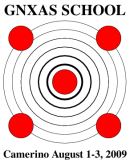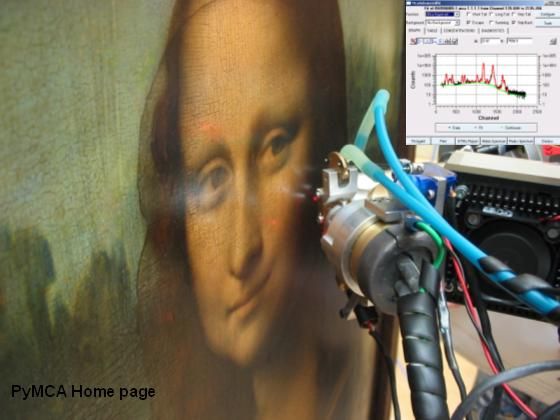Software
DL_EXCURV (formerly EXCURVE)
Data analysis of EXAFS spectra using the fast spherical wave method. It provides an integrated environment for the analysis of EXAFS spectra while delivering a platform for the fast spherical wave method. The current version is based on this method for single scattering, but uses the method of Lee and Pendry (1975) for the exact polarisation dependent theory. Multiple scattering has options to use several methods. It allows fitting of both background-subtracted, and normalised total absorbance spectra. In the latter case the program calculates the atomic contribution of the spectrum (whole-spectrum fitting). The purpose of the program is to find a structural model of a material which agrees with the available XAFS spectra. This program (without GUI) was formerly called EXCURVE and is the one installed at the ESRF

GNXAS
The GNXAS package is a computer code for EXAFS data analysis based on multiple-scattering (MS) calculations and a rigorous fitting procedure of the raw experimental data. The main characteristic of the software are: + atomic phase shifts calculations in the muffin-tin approximation based on atom self-consistent relativistic calculations. Account for the neighbors is taken. + Inclusion of inelastic losses through complex Hedin-Lundqvist potential. + Calculation of MS signals associated with two, three, and four atom configurations using advanced algorithms. Use of an advanced fitting procedure that allows: + to fit simultaneously any number of spectra containing any number of edges, + to use directly the raw data without any pre-analysis, + to account for complex background multi-electron excitation features, + to use various model peaks for the pair, triplet and quadruplet distribution functions, including non Gaussian models and extreme cases. In all cases absolute parameters can be fitted, - to treat liquid phase or disordered systems and extract reliable g(r) functions in the short range, - to perform a rigorous statistical error analysis and plot two-dimensional correlation maps, - to provide a flexible scientific tool for EXAFS data analysis where the user has access to every stage of the calculation. - full modularity that makes easy to interface parts of the GNXAS software with other available software.

PyMca
X-ray Fluorescence Toolkit (visualization and analysis of energy-dispersive X-ray fluorescence data). . The program allows both interactive and batch processing of large data sets and is particularly well suited for X-ray imaging. Its implementation of a complete description of the M shell is particularly helpful for analysis of data collected at low energies. It features, among many other things, the fundamental parameters method
- ← Previous
- 1
- Next →

